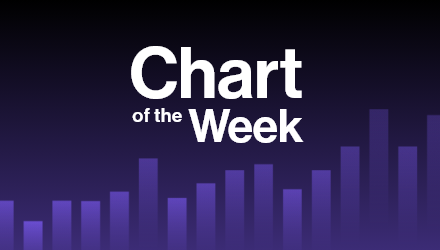Advisors have long been told of the benefits of global diversification, but once again, in 2022, broad market international equity ETFs were underperforming the S&P 500 Index. Indeed, the iShares Core MSCI Emerging Markets ETF (IEMG) and the iShares Core MSCI EAFE ETF (IEFA) were down 29% and 28% as of October 14, more than the 24% decline for the Vanguard S&P 500 Index ETF (VOO). Given the relative performance records of developed and emerging markets this year, VettaFi wanted to hear from advisors about their preferences.
During an October webcast VettaFi hosted with WisdomTree on international markets, we asked advisors to answer, “For my international allocations, I am most interested in increasing to what?”. The most frequently cited answer was Emerging Markets (38%), followed by Developed International Markets, like the U.K. and Japan (34%), with a carved-out China (7%) getting some particular attention. Interestingly, 21% of respondents said none of the above (I want to stay in the U.S. market) during an international markets webcast.

With some respondents viewing China, particularly appealing and perhaps as its own investment style separate from emerging markets, we wanted to bring everyone onto the same page. Below we review the exposure advisors already are obtaining to China through broad emerging markets and then discuss some more targeted funds to consider.
China was the largest country weighting in IEMG as of mid-October, with 27% of assets invested in companies such as Alibaba Group, China Construction Bank, and Tencent Holdings. India is now the second largest country (16%) through stakes in Infosys and Reliance Industries, followed by Taiwan (14%) and South Korea (11%), aided by top-10 positions in Taiwan Semiconductor and Samsung Electronics. Companies from Brazil, Mexico, Saudi Arabia, South Africa, and Thailand are also represented in the ETF.
The weightings advisors see for the Vanguard FTSE Emerging Markets ETF (VWO) is different from IEMG for several reasons. Vanguard does not disclose holdings daily on its website or to third parties. At the end of September (the latest available), China represented 33% of assets, while India and Taiwan comprised 18% and 16%, respectively. The weights are also different as VWO has no exposure to Samsung as the ETF’s index partner, FTSE Russell, classifies South Korea as a developed, not an emerging, market.
For advisors seeking to augment their Chinese exposure in addition to what they have in IEMG, VWO, and broad market peers, there are five China-focused ETFs with more than $1 billion in assets and many more managing more than $100 million.
The iShares MSCI China ETF (MCHI) and KraneShares CSI China Internet ETF (KWEB) are the two largest of these funds but are very different. KWEB recently had more than 80% of assets split between stocks within the communications services and consumer discretionary sector, and MCHI had approximately 45% of assets tied to the two sectors. MCHI had exposure to consumer staples (6%), materials (4%), and energy (3%) companies not part of KWEB, as well as approximately four times as much in the financial sector (16%). While MCHI and KWEB were down more than IEMG in 2022, the more sector-diversified MCHI held up better (down 36% vs. 41%). Of course, past performance is not…
The iShares China Large-Cap ETF (FXI), SPDR S&P China ETF (GXC), and Xtrackers Harvest CSI 300 China A-Shares (ASHR) are other widely held Chinese-focused ETFs.
For more news, information, and strategy, visit the China Insights Channel.

